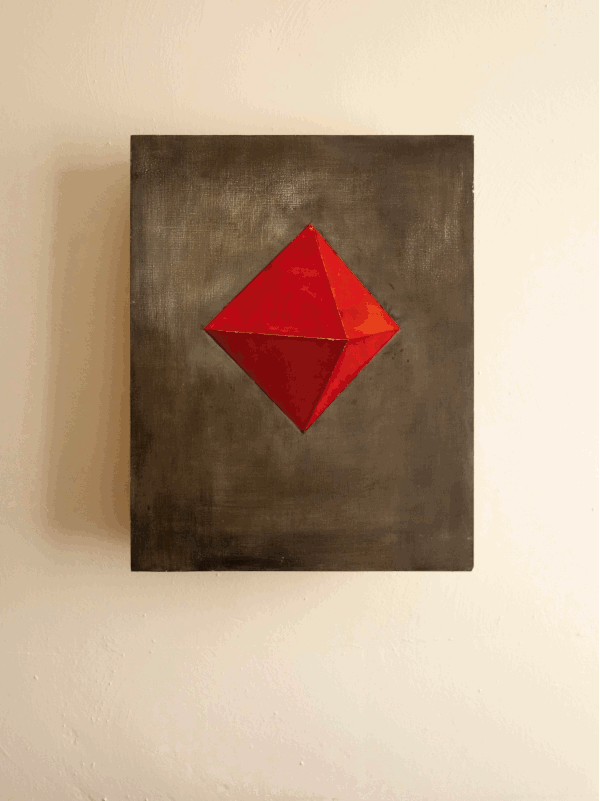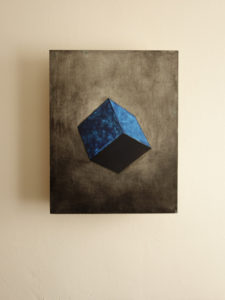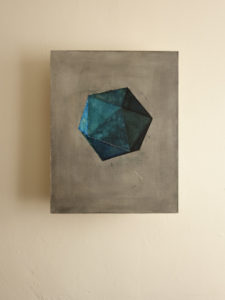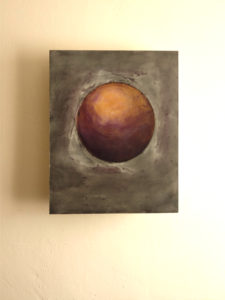Of Platonic Love (and Other Afflictions of the Heart)
Of Platonic Love (and Other Afflictions of the Heart) is a contemplation on the nature of human connection and an homage to Leonardo da Vinci, whose famous illustrations of Platonic solids adorn the book De Divina Proportione, a mathematics text written by his friend and a mathematician Luca Paciolo.
This project began in July of 2015, when I asked myself whether the seemingly infinitely complex spectrum of human attachments, encompassing romantic, Platonic, and familial relations, can be reduced to some fundamental set, however coarsely defined. And if so, what would such forms of love look like visually?

Over the course of three years, I produced a series of oil paintings which wed two ideas found in Plato’s philosophy. The first is his theory that non-physical, abstract ideas, or “forms,” rather than the material world we perceive, hold the highest level of reality. In his famous Allegory of the Cave, he likens our perceptions to mere shadows, and the forms to real objects casting those shadows on the wall of a cave. The perceived reality, he claims, simply mimics the ideal, ethereal forms. The second is Plato’s theory that three-dimensional solids of high spatial symmetry, also known as “Platonic solids,” constitute the fundamental elements in nature, namely fire, air, water, earth, and aether. The Platonic solids have been studied and admired for their symmetry since the inception of geometry, have been attributed mystical properties by various religious cults, and were invoked by early scientists as models of the celestial order. In addition, he held that the universe was spherical, having the highest degree of symmetry.
Imagining the surface of each symbol as an “interface” between two people led to new questions. Our principles and values being our sides, in how many do we match with those we care for? To what extent do the surfaces through which we connect with others limit us from being our full selves? Which kinds of attachments allow one to grow, maximizing one’s volume for a given surface area, like a sphere? Is there, for each of us, someone whose sphere coincides with our own? If not, does prioritizing one’s freedom to grow imply the impossibility of having more than a point of contact with another person? Of Platonic Love series is a visual vocabulary, which, however crude and incomplete, allowed me to meditate on the vast spectrum of human attachments as the shadows of the abstract forms of love.





